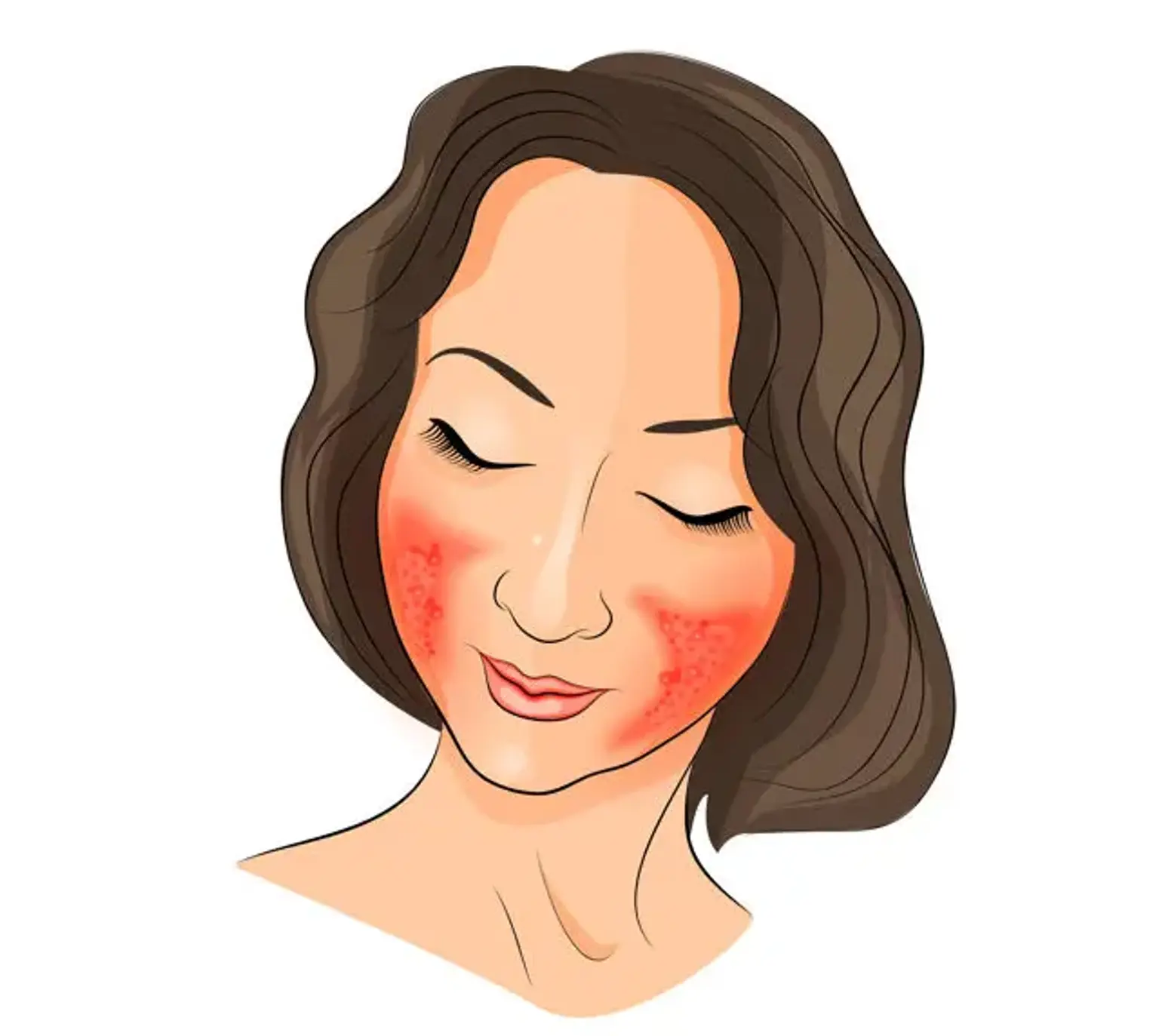Introduction
Rosacea is a chronic skin condition that affects millions of people worldwide, characterized by persistent redness, visible blood vessels, and in some cases, bumps or pus-filled pimples on the face. While it isn’t life-threatening, rosacea can significantly impact self-esteem and quality of life, especially when flare-ups become frequent and noticeable.
One of the unique aspects of rosacea is its unpredictable nature—symptoms can come and go, triggered by a variety of factors such as weather changes, diet, and even stress. However, advancements in dermatology and skincare, particularly in Korea, have offered new hope for those managing this condition. Korean dermatology clinics and skincare products are becoming popular solutions for rosacea patients due to their innovative and patient-centered approaches.
This article will dive into the key aspects of rosacea, from its symptoms and causes to effective treatment options, including why Korea is a sought-after destination for rosacea care. By the end of this guide, you’ll have a clearer understanding of how to manage rosacea and improve your skin health.
What is Rosacea?
Definition and Types of Rosacea
Rosacea is a chronic inflammatory skin condition that primarily affects the face, causing redness, flushing, and sometimes bumps or swelling. It is often mistaken for other skin conditions like acne or eczema, but its underlying causes and symptoms are distinct.
Rosacea is categorized into four main subtypes:
Erythematotelangiectatic Rosacea (ETR): Characterized by persistent facial redness and visible blood vessels.
Papulopustular Rosacea: Includes acne-like bumps and pimples along with redness.
Phymatous Rosacea: Causes thickening of the skin, especially around the nose, leading to a bulbous appearance.
Ocular Rosacea: Affects the eyes, causing redness, irritation, and swelling.
